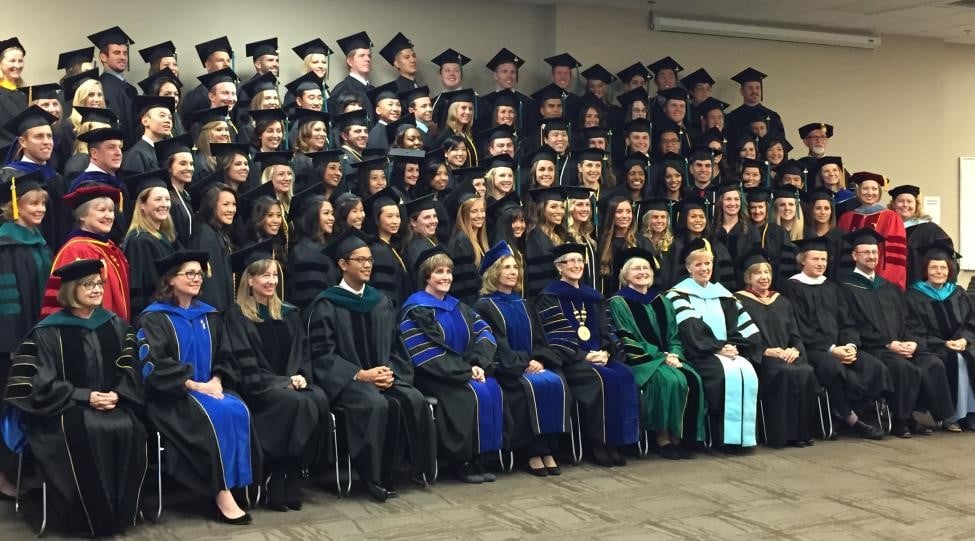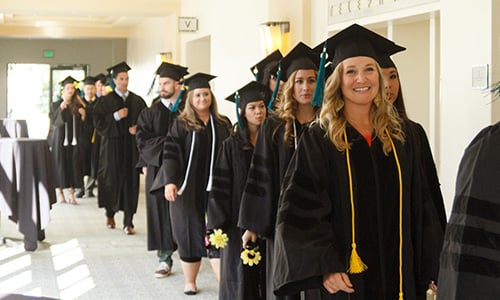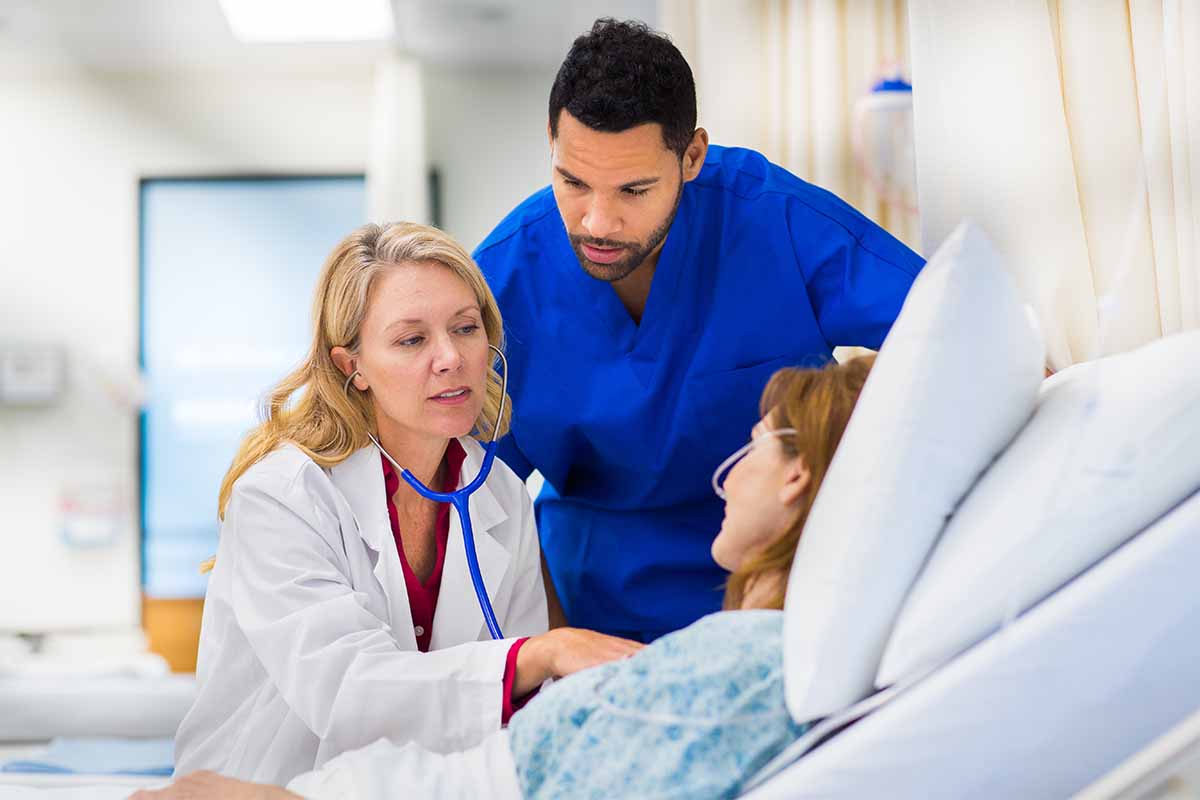The University is committed to providing its employees, students, visitors and contractors with a safe working environment that is free of health hazards, inclusive of communicable diseases during a pandemic. USAHS assigns the highest priority to assess, minimizing, and managing the risks to the broader community of being exposed to pandemic diseases.
Policy
The University of St. Augustine for Health Sciences (USAHS) strives to provide a safe and healthy campus. This policy outlines specific steps USAHS takes to safeguard health and well-being during a pandemic while ensuring our ability to maintain essential operations and continue providing critical services to our students. In addition, it provides guidance on how we intend to respond to specific operational and human resource issues in the event of a pandemic and specifically in the case of a communicable disease outbreak.
USAHS’s decisions involving persons who have communicable diseases shall be based on current and well-informed medical judgments concerning the disease, the risks of transmitting the illness to others, the symptoms and special circumstances of each individual who has a communicable disease, and a careful weighing of the identified risks and the available alternative for responding to an individual with a communicable disease.
Step 1: Notification
Human Resources must be notified immediately of a communicable disease risk that may exist in the workplace to limit additional exposure at [email protected] and /or [email protected]. Reporting is required by supervisors, the infected individual and others who are made aware of a communicable disease impacting the workplace. Medical information, as well as information on any accommodations or leaves, will remain confidential. USAHS will comply with federal, state or local regulations such as OSHA or to the local health department regarding reporting communicable disease.
Step 2: Understanding the disease and resources
USAHS will review the illness and respond appropriately and consider the particular facts regarding the contagion including how the disease is transmitted, probability of transmission and complications, level of severity, and duration of risk based on guidance from the Centers for Disease Control and Prevention (CDC), OSHA, state and local health departments.
Step 3: Identifying the scope of risk
USAHS will determine who is at risk for contracting the illness in the workplace and consider any possible contacts, including those outside of the office or campus that is within the University’s control. Possible contacts include employees, students, clients, the public or vendors that may have been exposed or infected. USAHS will review how many individuals may be affected, the severity of the disease, and how the disease was contracted.
Step 4: Worksite response
Based on comprehensive disease research, management will review information to determine the severity and implement decisions such as emergency shutdown, or if a limited threat, a review of a department or single area, and other response protocols as applicable to minimize contagion in the workplace. A confidential record of all incidents will be kept on file.
Step 5: Communication
USAHS communications will be released as appropriate via official communication channels to include all internal or external contact and notification to employees/faculty, students, the public, vendors and clients as well as any communications with family members of anyone impacted or hospitalized as a result of a communicable disease.
General notice will be provided to impacted individuals while preserving the confidentiality and privacy of individuals involved as appropriate to allow individuals to monitor themselves for symptoms and seek treatment if needed.
Privacy
USAHS will comply with all applicable statutes and regulations that protect the privacy of persons who have a communicable disease. Every effort will be made to ensure procedurally sufficient safeguards to maintain personal confidence about persons who have communicable diseases.
Our policy is to treat any medical information as a confidential medical record. In furtherance of this policy, any disclosure of medical information is in limited circumstances with supervisors, managers, first aid and safety personnel, and government officials as required by law.








